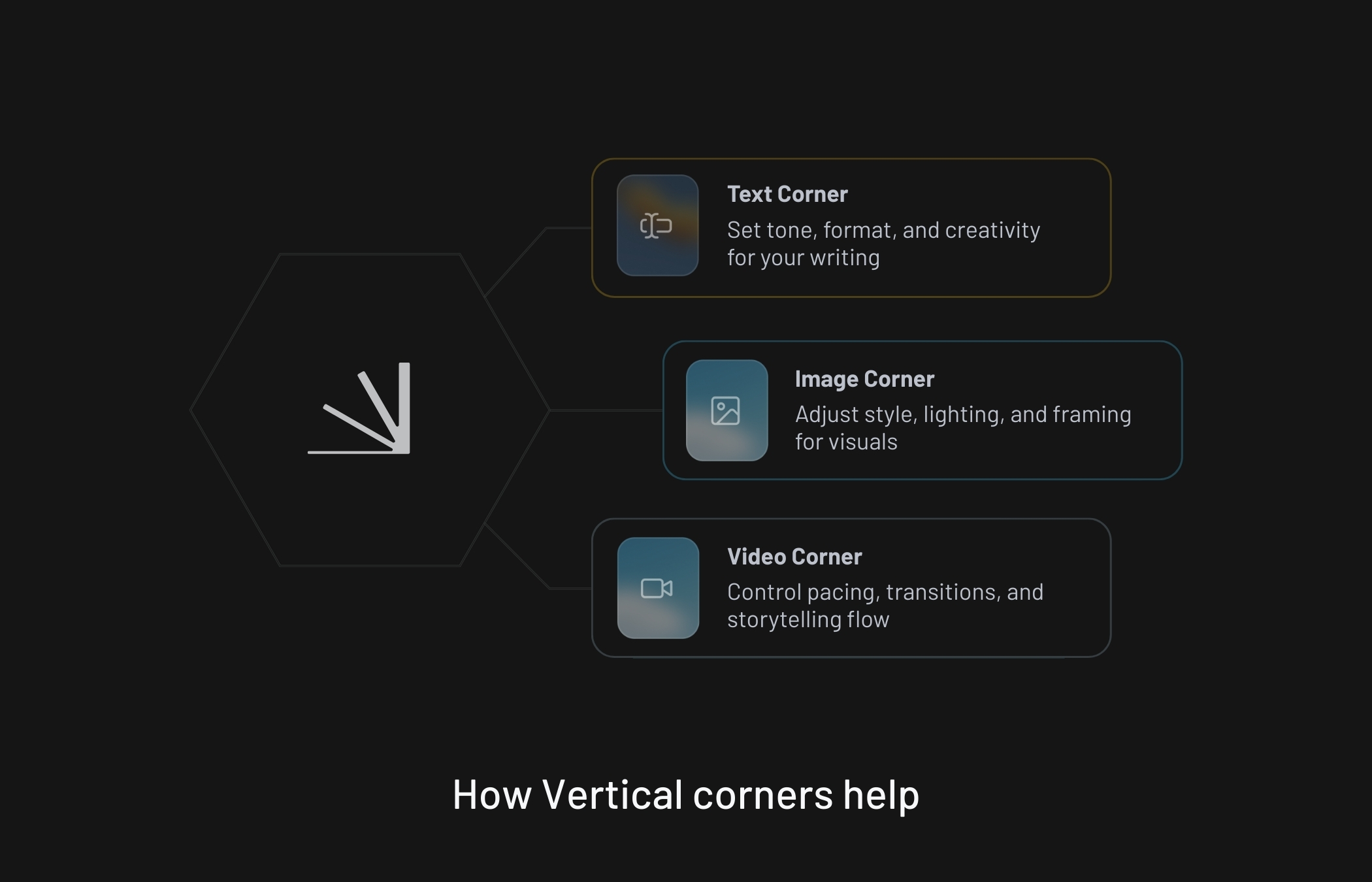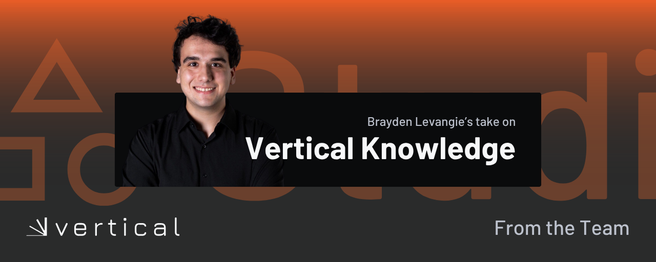How AI’s Role is Expending in Modern Business
Published on February 5, 2025 · 5 min read

AI is everywhere, but choosing the right model is harder than ever. An AI model is a system trained to learn from data and make predictions or generate results. However, with so many models to choose from, each with its own strengths, weaknesses, and quirks, it’s easy to be overwhelmed.
The model you select can dramatically impact the quality of your task or project, the speed of the output generated, and ultimately your overall success with AI. This guide walks you through the key considerations for choosing the right AI model, from understanding your goals to comparing top models.
Why choosing the right AI model matters
Choosing the wrong AI model can be more than just inconvenient. It costs time, but also can cost you credits. Imagine spending your bought or saved up credits on a model that generates off-topic summaries, writes inconsistent code, or misinterprets your tone. Small misalignments can lead to more editing, re-running prompts, or abandoning the model entirely. Before you get to putting any prompt into an AI, it's best to know which model to use.
Some are great at deep reasoning, like GPT-4 or Claude Opus.
Others are optimized for speed and simplicity, like Claude Haiku or GPT-4o mini.
Open-source options like DeepSeek or Mistral offer flexibility, transparency, and faster experimentation.
Whether you're working within a business context or a personal project, these differences matter. The right model can elevate your workflow, the wrong one will slow you down.
How to know what you need first when choosing an AI model
Before you start testing models, take a step back and ask a simple question:
What exactly do I want the AI to do?
This might sound obvious, but clearly defining your objective will save you hours down the line. Your use case will shape everything, from the AI model you choose to how you prompt it.
A few example goals:
I need to summarize complex legal documents.
→ You’ll want a model with a large context window and strong summarization, like Claude 3.5 Sonnet or GPT-4.
I’m building a chatbot for HR questions.
→ Consider a reasoning-heavy model like GPT-4.1 or DeepSeek Reasoner that can follow nuanced instructions.
I want to generate product descriptions in multiple languages.
→ Go with multilingual-ready models like DeepSeek Chat or LLaMA 3 8B.
I just need fast, lightweight answers.
→ Try Claude Haiku, Mistral Small, or GPT-4o mini.
Also consider your constraints. Do you need an open-weight model for transparency or deployment? Is cost a limiting factor? Do you work in a team that works with different image inputs or long-context tasks? By narrowing your intent early, you'll eliminate poor fits and save time during testing and eventually choosing the right AI model.
Comparing popular AI models
There are hundreds of AI models out there. Many experimental, some highly specialized. The following table focuses on a set of widely used, high-performing models that are available or relevant within the Vertical platform and beyond. It’s not exhaustive, but it’s designed to help you navigate key differences between major model families across tasks like reasoning, summarization, speed, and image input.
Many businesses are only now discovering how to adapt AI to meet their specific needs. The shift towards custom AI solutions is expected to accelerate as the value of targeted tools becomes more clear. The generative AI sector has already seen a notable increase in adoption, with 65% of businesses now regularly using GenAI.
Vertical AI stands ready to lead this charge, developing tools that will equip organizations to easily implement customized AI without requiring advanced technical skills.
Model Family | Version | Best For | Key Attributes |
GPT-4 (OpenAI) | Multimodal tasks, chat, reasoning | Accepts text + image, high reasoning | |
Fast chat-based tasks | Lighter, faster version | ||
Complex text tasks, coding | Strong logic, wide capabilities | ||
Speed-critical tasks | Smaller, optimized for efficiency | ||
Image captioning, visual Q&A | Multimodal image input | ||
Claude (Anthropic) | Deep reasoning, long-form | High alignment, large context | |
Balanced speed and depth | All-purpose, safe | ||
Fast, conversational tasks | Lightweight, safe | ||
Ultra-fast responses | Small, ideal for chat | ||
Document understanding | Previous-gen large context | ||
DeepSeek | General tasks, coding | Open-source, multilingual | |
Multi-step logic | Structured thinking, advanced prompts | ||
Mistral | Mobile/light tasks | Very fast, minimal footprint | |
Language workflows, RAG | Open-source, customizable | ||
LLaMA (Meta) | 2 7B / 13B / 70B | Research, fine-tuning | Scalable open-weight models |
3 8B / 70B | Enterprise-ready | Strong multilingual + reasoning | |
Gemini (Google) | Multimodal tasks & deep reasoning | Strong reasoning; up to 1M token context window | |
Fast, high-volume workflows | Balanced thinking, high throughput | ||
2.5 Flash‑Lite | Cost-effective and lightweight | Low latency, ideal for volume |
Which AI model is right for which profession?
With so many AI models available it can be hard to know which one to use within your field of expertise. Some models excel at language fluency, others at coding, summarization, or speed.
Below, we break down top models by profession so you can choose the best fit based on your goals, budget, and technical needs.]

For content creators and copywriters
If you’re generating long-form content, blog posts, or persuasive marketing copy, you'll want a model that understands structure, tone, and nuance.
Top picks: GPT-4.1, Claude 4 Opus, Claude 3.7 Sonnet.
They deliver high-quality, human-like language with minimal prompting.
For shorter or speed-based content, GPT-4o mini or Claude Haiku work well and reduce latency.
For coders and developers
Need to debug code, generate functions, or write technical documentation? Choose models with strong reasoning and logic-handling abilities.
Top picks: GPT-4.1, Claude 4 Sonnet, DeepSeek Reasoning.
These models are built for structured prompts, multi-step logic, and code understanding across multiple programming languages.
Vertical makes it easy to test the same prompt across multiple models to see which handles your specific syntax or dev framework best.
For researchers, analysts, and legal or academic professionals
If you're working with long documents, whitepapers, or conversation logs, opt for models that can handle long context and produce concise outputs.
Top picks: Claude 4 Opus, GPT-4.1, Gemini 2.5 Pro.
They excel at digesting complex information and returning clean, structured summaries.
Lightweight option? Claude 3.5 Haiku offers fast and affordable summarization with impressive clarity.
For any fast, lightweight, or open-source workflow
When cost or speed is key, open-weight models are ideal.
Top picks: Mistral 7B, DeepSeek Chat, LLaMA 2 / 3.
These are great for experimentation, prototyping, and smaller internal tools, especially when transparency and control matter.
Their open nature offers transparency and flexibility. Ideal for prototyping and building smaller internal tools.
For designers working with visuals and text simultaneously
Need visuals from text prompts or want to work with multimodal input? Choose models built with visual capabilities.
Top picks: GPT-4o (with vision), Gemini 2.5 Pro, Claude 4 Opus.
These support tasks like image captioning, UI mockups, or collaborative visual design workflows.
They’re also great for uploading images and asking follow-up questions about the visual content.
For domain-specific needs
If you work in a specialized field-like law, medicine, or finance-generic models may not deliver the precision you need.
Top picks: Fine-tuned models.
Vertical’s marketplace allows creators to fine-tune models on domain-specific data. That means better answers, fewer hallucinations, and higher relevance.
Explore, test, and adopt models created by others. Or create your own fine-tuned AI for private or public use.
How Vertical Corners help you get the most out of AI models
Getting the best results from AI models isn’t just about choosing the right one. It’s also about how you interact with it. At Vertical we created designated Corners. These are designed as focused workspaces that guide you through the process of crafting effective prompts and managing outputs tailored to your specific needs.
Fine-tune your prompts with intuitive settings
Corners give you simple control panels where you can set tone, structure, or output goals. Without writing complicated prompts.
For example:
In the Text Corner, choose formal vs informal tone, structured formats like lists or summaries, and tweak creativity settings.
In the Image Corner, control visual style, lighting, or framing. Ideal for creators and designers.
In the Video Corner, we’re working on controls to adjust things like pacing, scene transitions, and narrative style.
These smart controls give you high-quality outputs faster, especially useful if you’re not a prompt engineering expert.

When to fine-tune vs. Use a pretrained AI model
For most users, pretrained models combined with Vertical’s Corners provide excellent results. Often without needing to train your own AI.
That said, teams with frequent, high-volume tasks or businesses needing consistent output that matches their brand voice or policies can gain real value from fine-tuned or customized models. Fine-tuning helps the AI better capture your specific terminology and style, improving accuracy and reliability.
Vertical Studio makes it easy to create, test, and publish your own custom models, all through decentralized compute. Once live, you can offer them in the marketplace and earn credits when others use them, turning your fine-tuned AI into a valuable, long-term asset.
This way, AI becomes more than just a tool. It becomes a strategic resource that scales with your business.




